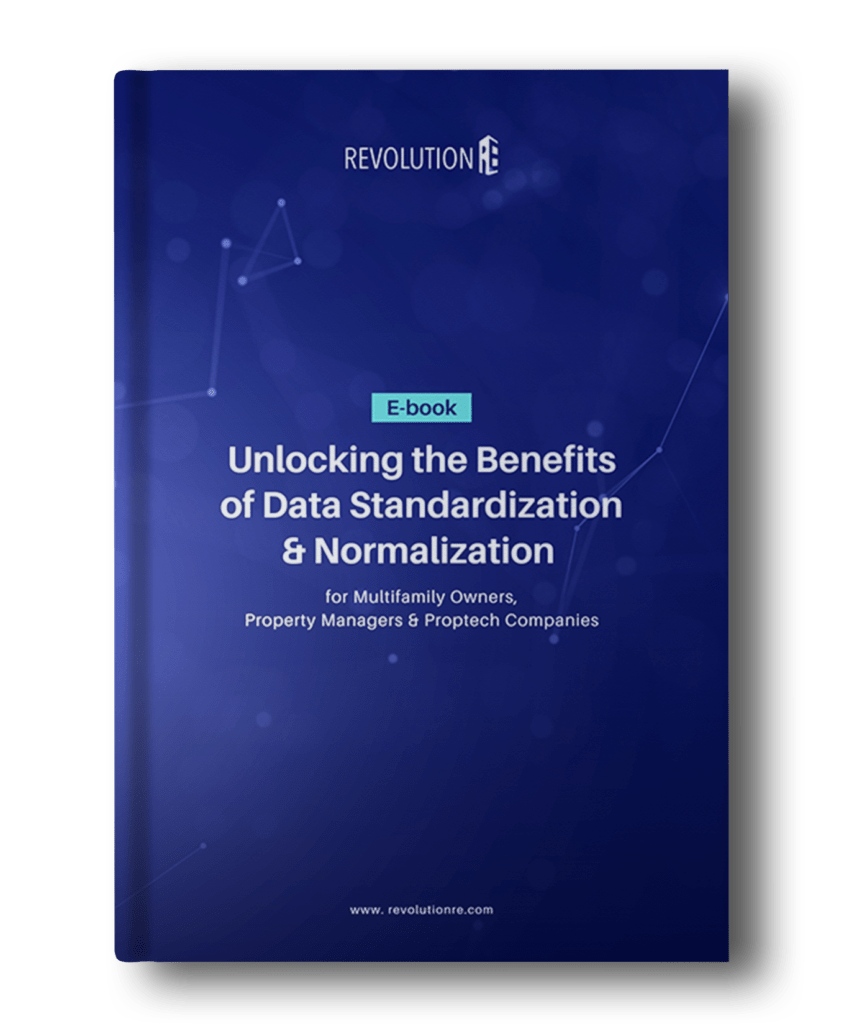
Data standardization in the apartment industry is a critical process for ensuring consistency and accuracy in property information, facilitating efficient management and analysis. According to industry standards, such as those outlined by Fannie Mae, this process involves adherence to specific measuring guidelines for gross living area (GLA) and the application of uniform data models across various property attributes.
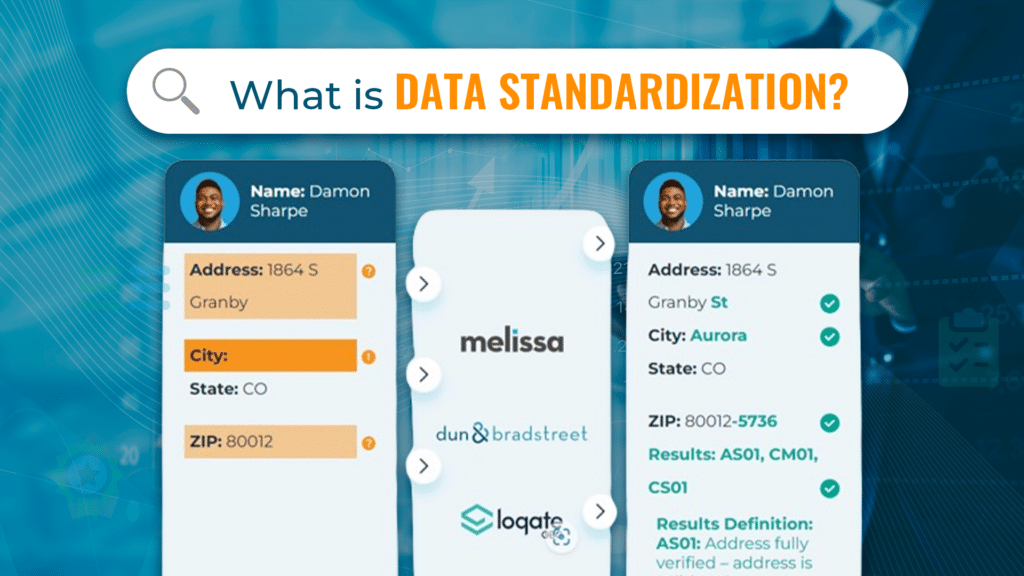
Standardizing apartment data presents unique challenges due to the complex and varied nature of multifamily properties. One significant hurdle is the inconsistency in unit designations across different properties and management systems, which can lead to data integration issues (2). Additionally, the dynamic nature of apartment data, including frequent changes in occupancy, rental rates, and amenities, makes maintaining up-to-date standardized information challenging (4). The lack of a universally adopted data schema for apartment-specific attributes further complicates standardization efforts (1). Moreover, legacy systems and data silos within real estate organizations often impede the implementation of standardized data practices (5). Overcoming these challenges requires a concerted effort to establish industry-wide standards, invest in centralized data platforms, and implement robust data quality assurance processes to ensure consistency and accuracy in apartment data management (2)(5).
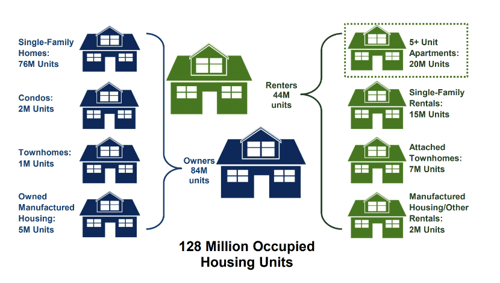
Multifamily data sources can be broadly categorized into public and proprietary sources, each with distinct characteristics and applications in the real estate sector.Public data sources include government agencies, county assessor websites, and publicly accessible databases. These provide foundational information for market analysis and property details. Key strengths of public sources include:
However, public sources face challenges such as:
Proprietary data sources, developed by private companies, offer more specialized and current information. Their strengths include:
Challenges with proprietary sources include:
Specific data sources and their characteristics present unique challenges in multifamily data analysis:
To address these challenges, many multifamily operators and investors employ a multi-source approach, combining public and proprietary data. Advanced data integration techniques, including AI and machine learning, are increasingly used to standardize and validate data from multiple sources, improving overall data quality and analytical capabilities.
For example, the Reonomy web app allows users to search multifamily property owners by name or address, discover owners based on asset sale, debt, and tax history, and access contact information of true property owners behind LLCs (4). Similarly, tools like ESRI’s GIS mapping and PolicyMap focus on market data, offering insights into neighborhood trends and comparable asset locations (4).
In conclusion, while the multifamily data landscape presents significant challenges in terms of consistency, depth, and accessibility, the combination of diverse data sources and advanced analytical techniques is enabling more sophisticated and accurate market analysis in the multifamily real estate sector.
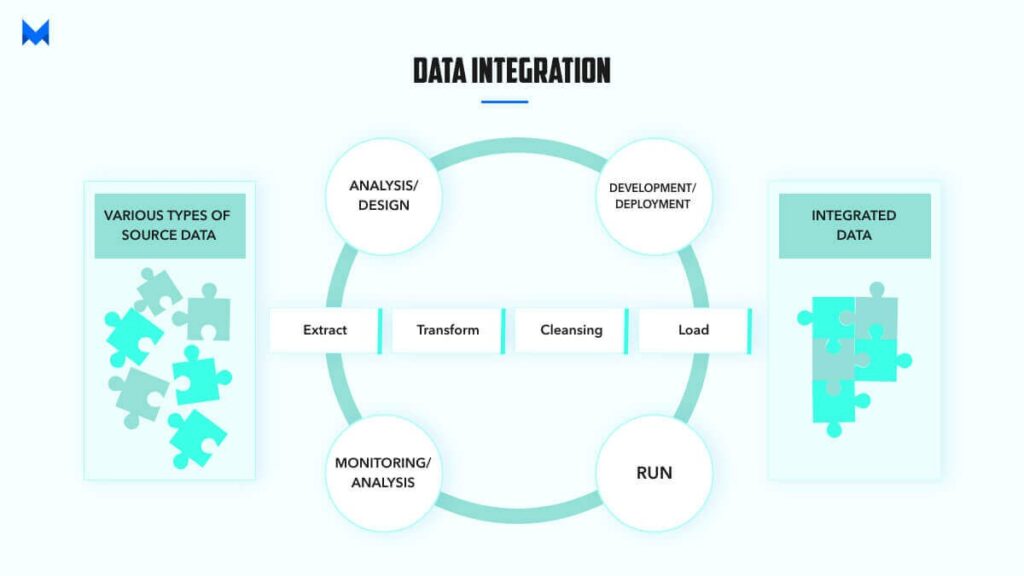
Integrating data from multiple sources in the apartment industry requires a sophisticated approach to handle diverse data formats and structures. The process typically involves Extract, Transform, Load (ETL) or Extract, Load, Transform (ELT) methodologies, depending on the specific requirements and data volumes (1). Key challenges include data compatibility issues, where different systems may use varying formats for unit designations or amenity descriptions (4). To address this, metadata management becomes crucial, enabling faster and more accurate data extraction (4). Data harmonization techniques, often leveraging machine learning and AI, are employed to clean, sort, and make disparate data compatible (4). For large-scale integrations, cloud-based solutions and data virtualization may be preferred, allowing for real-time or near-real-time access to data without physical movement (3). The ultimate goal is to create a unified, bird’s-eye view of apartment data, enabling more intelligent decision-making and analysis across the entire property portfolio (4).
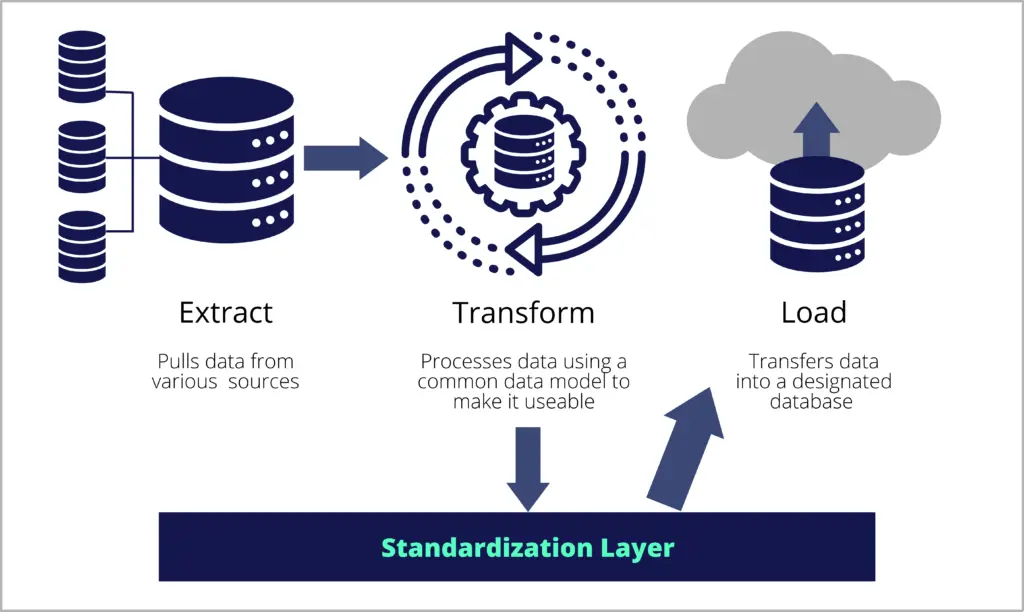
Industry-specific data models, such as those employed by Revolution RE for the multifamily real estate sector, offer significant advantages in Extract, Transform, Load (ETL) processes. These specialized models are tailored to handle the unique data structures and relationships inherent to apartment management, ensuring more accurate and efficient data integration.
Revolution RE’s platform, for instance, utilizes a multifamily-specific ETL process that addresses the complexities of apartment data, including unit-level details, tenant information, and property-specific metrics (2). This approach allows for seamless integration of data from various sources common in the multifamily industry, such as property management systems, accounting software, and market intelligence platforms (3). By using an industry-specific data model, Revolution RE can more effectively standardize and normalize data across different properties and portfolios, enabling better cross-property comparisons and portfolio-wide analytics (1).
The importance of such specialized models becomes evident when considering the unique challenges of multifamily data, such as varying unit designations, complex amenity structures, and dynamic occupancy rates. A generic ETL process might struggle to accurately capture and represent these nuances, potentially leading to data inconsistencies or loss of critical information. In contrast, an apartment-specific ETL can ensure that all relevant data points are properly captured, transformed, and loaded into a format that is immediately useful for multifamily operators and investors (4).
Integrating external market data with internal operational data is crucial for comprehensive apartment analytics. External data provide valuable market insights, including competitor pricing, occupancy trends, and new supply information. This data can be combined with internal operational metrics such as rent collection rates, maintenance costs, and tenant turnover to create a holistic view of property performance.
For example, a property’s internal occupancy rate can be contextualized against submarket averages to assess relative performance. Similarly, rent pricing strategies can be optimized by comparing internal revenue data with external market rates. Advanced analytics platforms offer tools to benchmark property performance against similar assets in custom micro-markets, enabling more nuanced decision-making. This integration of external and internal data allows for more accurate forecasting, risk assessment, and strategic planning in the multifamily sector.
Addressing inconsistent data formats in apartment data standardization requires a multi-faceted approach. Data inconsistencies often manifest as variations in date formats (e.g., MM/DD/YYYY vs. YYYY-MM-DD), numerical representations (e.g., square footage as integers vs. decimals), and categorical variables (e.g., “1BR” vs. “One Bedroom”)(1)(2). To mitigate these issues, implementing robust data transformation techniques is crucial. This may involve utilizing regular expressions (regex) for pattern matching and standardization, applying data type conversions, and employing normalization techniques such as min-max scaling or z-score normalization for numerical data(4). For categorical variables, techniques like one-hot encoding or label encoding can be applied to ensure consistency. Additionally, implementing a centralized data dictionary that defines standard formats for each data element can significantly reduce inconsistencies across different data sources(3). It’s also essential to establish automated data quality checks and validation rules to catch and correct inconsistencies early in the data pipeline, thereby maintaining data integrity and facilitating more accurate analysis and decision-making in apartment management systems (5).
Standardizing apartment address data is a critical process that involves parsing, formatting information to ensure consistency and accuracy across databases. For example, with addresses, this process typically includes normalizing street names, unit numbers, and postal codes according to official postal authority standards, such as those set by the USPS for US addresses (1)(2).
Key steps involve breaking down addresses into individual components (e.g., street number, street name, apartment/unit designation), correcting spelling errors, expanding abbreviations, and ensuring uniform formatting (3)(4). For apartments, special attention must be given to standardizing unit designations (e.g., “Apt”, “Unit”, “Suite”) to maintain consistency (3). Implementing automated address standardization tools can significantly improve efficiency, especially for large datasets, while regular data quality monitoring ensures ongoing accuracy (4)(5).
Apartment data normalization is a critical process for optimizing database efficiency and ensuring data integrity in the multifamily industry. It involves organizing data to eliminate redundancies and dependencies, typically following the principles of normal forms (1NF, 2NF, 3NF, etc.). In the context of apartment management, this might include separating property, unit, and tenant information into distinct tables with appropriate relationships. For example, a normalized schema could have a ‘Properties’ table with a primary key ‘PropertyID’, a ‘Units’ table with ‘UnitID’ and ‘PropertyID’ as a foreign key, and a ‘Tenants’ table with ‘TenantID’ and ‘UnitID’ as a foreign key. This structure allows for efficient querying and reduces data anomalies. Normalization also facilitates standardized data entry, improving data quality for analytics and operational efficiency (1)(4). However, it’s crucial to balance normalization with performance considerations, as over-normalization can lead to complex queries and potential performance issues in large-scale apartment management systems.

Clean, standardized data in the multifamily industry enables a wide range of advanced applications that significantly enhance operational efficiency, decision-making, and resident experience. Here are some recent examples of how clean data is driving innovation across various domains:
Smart Apartments
Smart apartment technology leverages clean, structured data to optimize building operations and enhance resident comfort. In 2023, Greystar, one of the largest multifamily property management companies, partnered with SmartRent to deploy smart home technology across 30,000 units (1). This initiative included the installation of smart thermostats, locks, and leak sensors, all generating and utilizing standardized data. The clean data from these devices allowed for:
Machine Learning and Predictive Models
The application of machine learning in multifamily real estate is rapidly evolving. Revolution RE, a multifamily data platform, introduced an ETL service in 2022 using an industry-specific proprietary data model to standardize data and provide instant insights to property managers and investors (3). The platform:
Generative AI and Large Language Models (LLMs)
Travtus, an AI company specializing in property management, has developed a chatbot named Adam that leverages clean, standardized data to automate various property management tasks(2). Adam can:
This application of AI demonstrates the power of clean data in enabling natural language interactions and automating complex processes in property management.
Business Intelligence (BI) and Data Analytics
ApartmentSnapshot, a BI platform for multifamily properties, utilizes clean data to gamify property insights for on-site managers (4). The platform:
This approach to data visualization and gamification helps improve engagement with performance data and drives better decision-making at the property level.
Environmental, Social, and Governance (ESG)
ESG initiatives in multifamily real estate increasingly rely on clean, standardized data for reporting and decision-making. Measurabl, a sustainability data management platform, worked with Brookfield Properties in 2023 to implement ESG data collection and reporting across their multifamily portfolio (5). The use of standardized data enabled:
These examples highlight the transformative impact of clean, standardized data in the multifamily industry. From optimizing operations through smart technology to enabling sophisticated AI and ML applications, clean data is driving innovation and creating value across all aspects of apartment management and investment. As the industry continues to evolve, the importance of data standardization and quality will only increase, paving the way for even more advanced applications and insights.
Sources
[1] https://smartapartmentdata.com/analytics/apartment-data-services
[2] https://www.multihousingnews.com/ais-influence-on-multifamily-is-spreading/
[3] https://revolutionre.com/resources/
[4] https://www.appfolio.com/blog/data-simplifies-decision-making-multifamily/
[5] https://multifamilyinnovation.com/standardized-and-normalized-data-in-the-multifamily-industry/
We invite you to subscribe to our newsletter for updates and industry news.
